How To Identify A ZZ4 Engine? [Here Are Some Tricks]
In this article, we’ll explain How To Identify A ZZ4 Engine? When it comes to identifying a ZZ4 engine, understanding its unique characteristics is crucial. The ZZ4 engine, a classic and powerful crate engine from General Motors, stands out in the automotive world. This article delves deep into the nuances of identifying a ZZ4 engine, ensuring enthusiasts and professionals alike can recognize and appreciate its distinct features.
Key Takeaways
- Identifying a ZZ4 engine involves checking the engine block casting numbers, specific components, and unique features.
- Authenticating the engine’s origin and examining its performance parts are essential steps.
- Verifying the serial number against GM records can confirm its authenticity.
How To Identify A ZZ4 Engine?
Identifying a ZZ4 engine, a high-performance crate engine from General Motors, involves a series of steps that focus on examining specific engine characteristics and cross-referencing official data. Here are the detailed steps:
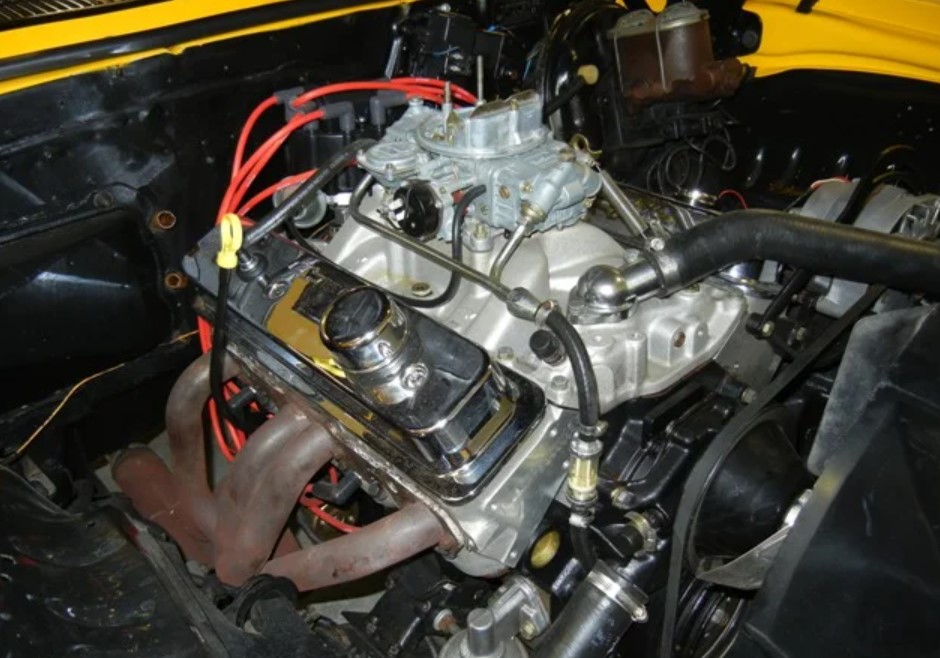
1. Locate and Examine Engine Block and Head Casting Numbers
- Locating the Numbers: The casting numbers are typically found on the rear of the engine block. They may also be present on the cylinder heads.
- Understanding the Numbers: These numbers consist of a series of letters and numbers, indicating the engine’s model and production details.
- Cross-Referencing: Once located, these numbers should be cross-referenced with GM’s database to confirm that they correspond to a ZZ4 engine.
2. Check the Engine’s Serial Number
- Finding the Serial Number: The serial number is usually stamped on a pad at the front of the engine block.
- Verification: Compare the serial number against GM’s official records. This will confirm the engine’s authenticity and provide information about its production.
3. Inspect Performance Parts and Components
- Key Components: Look for high-flow aluminum cylinder heads, a high-lift camshaft, and a Holley 750 CFM carburetor, which are indicative of a ZZ4 engine.
- Physical Examination: Check the physical condition and quality of these components, as they should align with GM’s specifications for a ZZ4 engine.
4. Observe Physical Characteristics and Features
- Valve Covers: The ZZ4 engine typically features distinctive red Chevrolet logos on the valve covers.
- Intake Manifold: Pay attention to the intake manifold design, as it is unique to the ZZ4 model.
- Overall Appearance: The general layout and appearance of the engine can also provide clues to its identity.
5. Evaluate Engine Performance and Specifications
- Performance Metrics: The ZZ4 engine is known for delivering 355 horsepower and 405 lb-ft of torque.
- Compression Ratio: Check if the engine operates with a high compression ratio, typically around 10:1, which is characteristic of the ZZ4.
6. Consult Owner and Expert Testimonials
- Owner Feedback: Engage with ZZ4 engine owners, either in person or through forums, to get insights into the engine’s characteristics and performance.
- Expert Opinions: Seek advice from professional mechanics who have experience with ZZ4 engines, as they can provide valuable identification tips.
7. Utilize Professional Verification Services
- GM Verification: In some cases, you might consider contacting General Motors or a professional engine verifier to authenticate the engine.
8. Compare With Documented ZZ4 Specifications
- Reference Materials: Utilize resources like the ZZ4 Engine Specification Manual or the Chevrolet Performance Parts Catalog to compare your findings with the documented specifications of a ZZ4 engine.
By carefully following these steps, you can accurately identify a ZZ4 engine and differentiate it from other similar engines. It’s crucial to be thorough in each step to ensure accurate identification.
Identifying Engine Block and Head Casting Numbers
The first step in identifying a ZZ4 engine is to check the engine block and head casting numbers. These numbers, stamped on the engine, are unique identifiers. They often consist of a series of letters and numbers that signify the engine’s model and production details.
Examining the Casting Numbers
- Look for the casting numbers on the rear of the engine block.
- Cross-reference these numbers with GM’s database for verification.
Authenticating the Engine’s Origin
It’s crucial to authenticate the origin of the ZZ4 engine. This ensures that the engine is indeed a genuine GM product and not a replica or a modified version of another model.
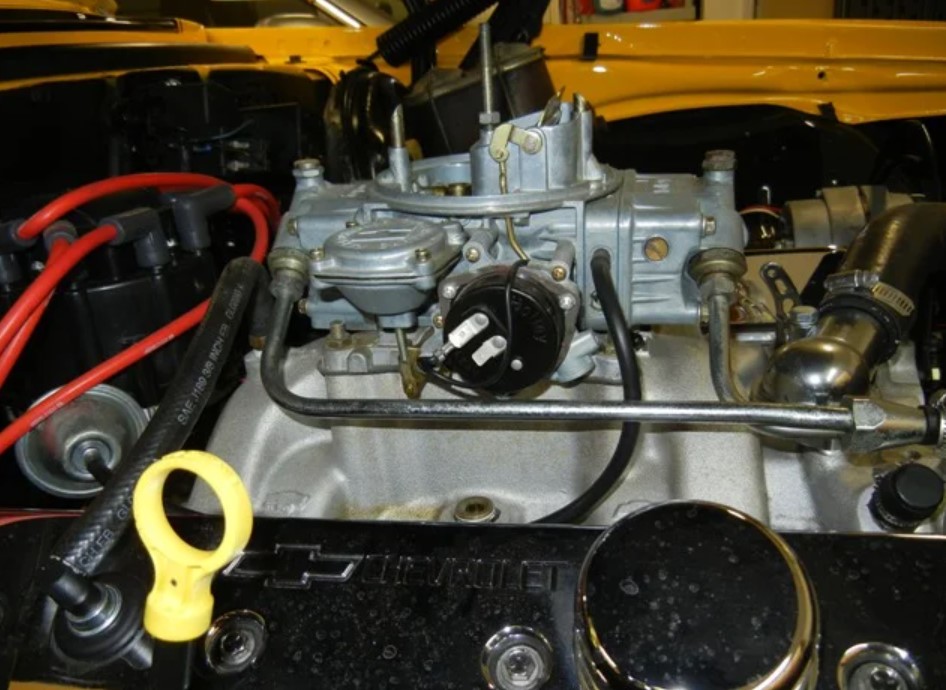
Verifying the Serial Number
- The serial number can be found on a pad at the front of the engine block.
- Compare the serial number against GM’s official records for authenticity.
Performance Parts and Components
The ZZ4 engine is known for its high-performance parts and components. Understanding these parts can further aid in the identification process.
Specific Components of the ZZ4 Engine
- High-flow aluminum cylinder heads.
- A high-lift camshaft and a Holley 750 CFM carburetor are typical components.
Physical Characteristics and Features
Observing the physical characteristics and features of the ZZ4 engine is another essential step in the identification process.
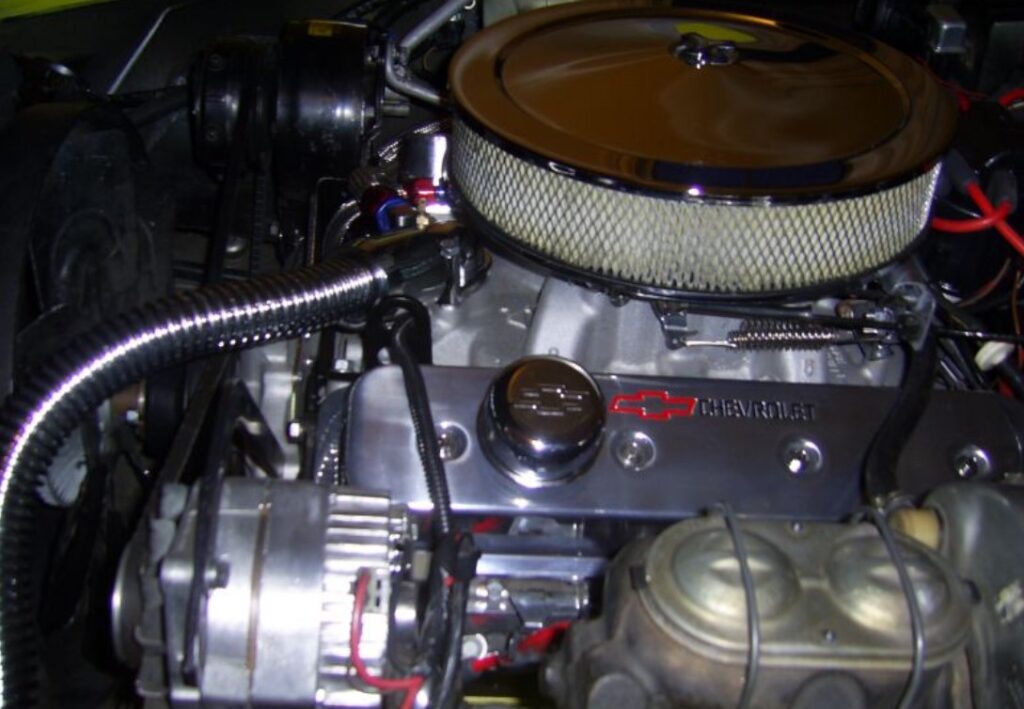
Unique Features of the ZZ4 Engine
- The engine typically features a distinctive red Chevrolet logo on the valve covers.
- It also possesses a specific intake manifold design unique to the ZZ4 model.
Engine Performance and Specifications
The performance and specifications of the ZZ4 engine set it apart from other models. Analyzing these aspects can help in its identification.
Key Performance Metrics
- The ZZ4 engine offers 355 horsepower and 405 lb-ft of torque.
- It operates with a high compression ratio, typically around 10:1.
Owner and Expert Testimonials
Gathering information from owners and experts who have first-hand experience with the ZZ4 engine can provide valuable insights.
Insights from ZZ4 Engine Users
- User experiences often highlight the engine’s reliability and power.
- Expert mechanics might provide tips on maintenance and upgrades specific to the ZZ4.
What Year Did The ZZ4 Come Out?
The ZZ4 engine, a highly regarded crate engine from General Motors, made its debut in the early 1990s. It quickly gained popularity among enthusiasts and professionals for its remarkable blend of power and reliability.
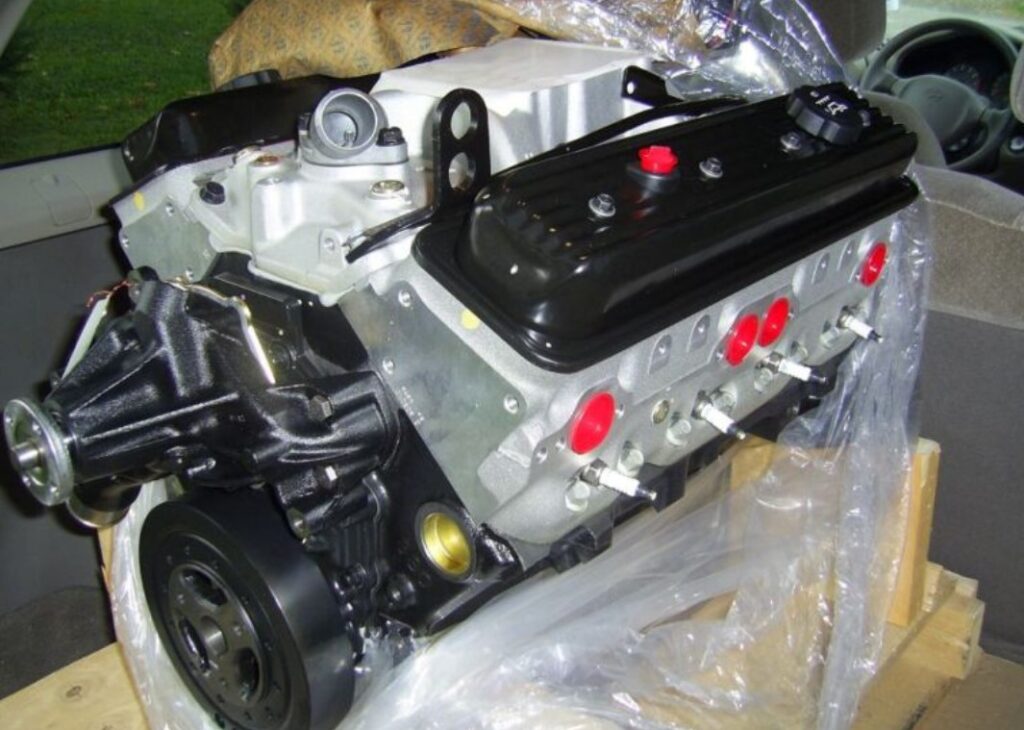
This engine was part of GM’s series of “ZZ” engines, which represented a significant advancement in GM’s performance engine lineup. The ZZ4, with its advanced features and robust performance, became a benchmark for crate engines in the automotive industry.
What Makes A ZZ4 Engine?
The ZZ4 engine is distinguished by several key features that make it a standout in the GM crate engine family. Firstly, it boasts high-flow aluminum cylinder heads, which contribute to its efficient air intake and performance.
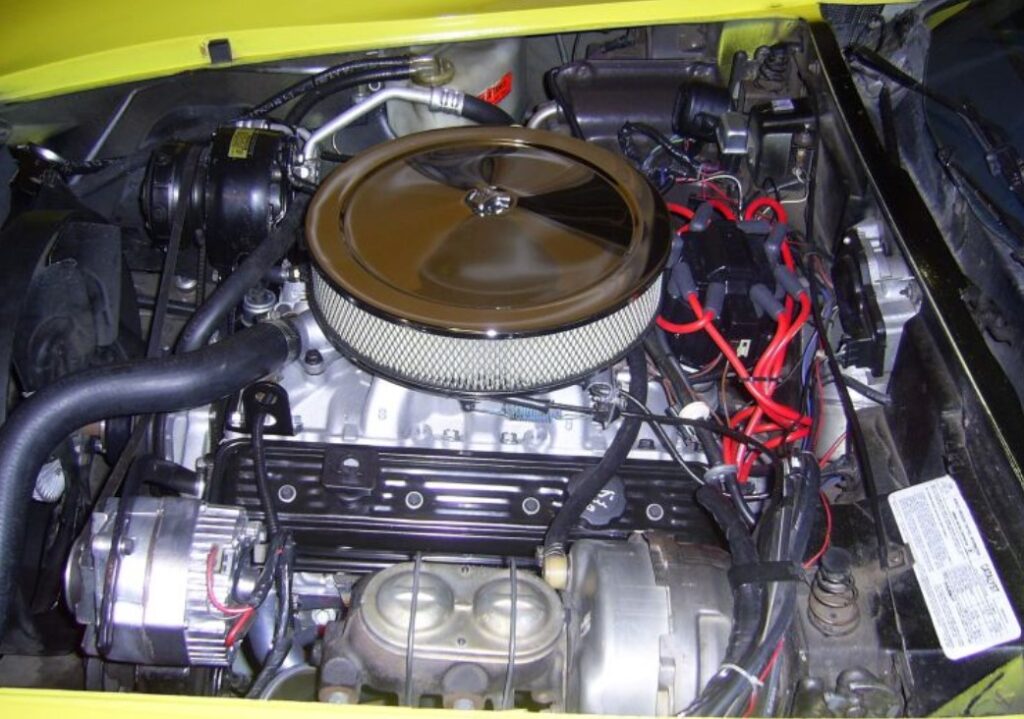
The engine is equipped with a high-lift camshaft, enhancing its power output and torque. Additionally, the ZZ4 typically sports a Holley 750 CFM carburetor, tailored for optimal fuel delivery.
Physically, the engine is identifiable by its distinct red Chevrolet logo on the valve covers and a specific intake manifold design exclusive to the ZZ4.
In terms of performance, the engine offers 355 horsepower and 405 lb-ft of torque, operating with a high compression ratio, typically around 10:1. These specifications highlight the engine’s balance between power and efficiency, making it a favorite among car enthusiasts and builders.
How To Identify A Cast Iron ZZ4 Engine?
Identifying a cast iron engine ZZ4 involves a few specific steps. First, it’s essential to look for the unique casting numbers found on the engine.
These numbers are usually located on the rear of the engine block and can be cross-referenced with GM’s database for verification. The cast iron version of the ZZ4 will have distinct casting numbers different from its aluminum counterparts.
Another method is to examine the engine block material. The cast iron ZZ4 has a noticeably different appearance and texture compared to aluminum engines. Additionally, the weight of the engine can be a giveaway; cast iron engines are significantly heavier than aluminum ones.
Lastly, checking the engine’s serial number, typically found on a pad at the front of the engine block, is crucial. This number should be compared against GM’s official records to confirm the engine model and its specifications.
Conclusion
Identifying a ZZ4 engine involves a detailed examination of casting numbers, authenticating its origin, understanding its performance parts, and recognizing its unique physical features.
With a combination of technical knowledge and practical insights, one can confidently identify and appreciate the remarkable qualities of a ZZ4 engine. This engine not only represents a significant part of automotive history but also continues to be a symbol of performance and reliability.
Top FAQ’s
Can I identify a ZZ4 engine by its sound?
While experienced mechanics and enthusiasts might recognize the distinctive sound of a ZZ4 engine due to its high-lift camshaft and specific exhaust system design, sound alone is not a reliable identification method. It’s always best to verify through physical inspection and referencing casting and serial numbers.
How does the ZZ4 engine compare to other GM crate engines?
The ZZ4 engine stands out for its balance of power and reliability. It offers more horsepower and torque compared to many other GM crate engines, making it a preferred choice for performance enthusiasts.
What type of vehicles can house a ZZ4 engine?
The ZZ4 engine is versatile and can be installed in a variety of vehicles, including classic muscle cars, street rods, and even some modern vehicles, provided there is enough space and the vehicle’s structure can support the engine’s power output.
Is the ZZ4 engine suitable for everyday driving?
While the ZZ4 engine is a high-performance engine, it can be used for everyday driving. Its design ensures reliability and durability, making it suitable for regular use with appropriate maintenance.

Welcome to the exhilarating world of Matt Rex, a professional car racer turned renowned vehicle enthusiast. Immerse yourself in his captivating blog as he shares heart-pounding adventures, expert reviews, and valuable insights on cars, trucks, jets, and more. Fuel your passion for speed and discover the beauty of vehicles through Matt’s engaging stories and meticulous expertise. Join the ever-growing community of enthusiasts who find inspiration and expert advice in Matt Rex’s blog—a digital hub where the thrill of speed meets the pursuit of knowledge.

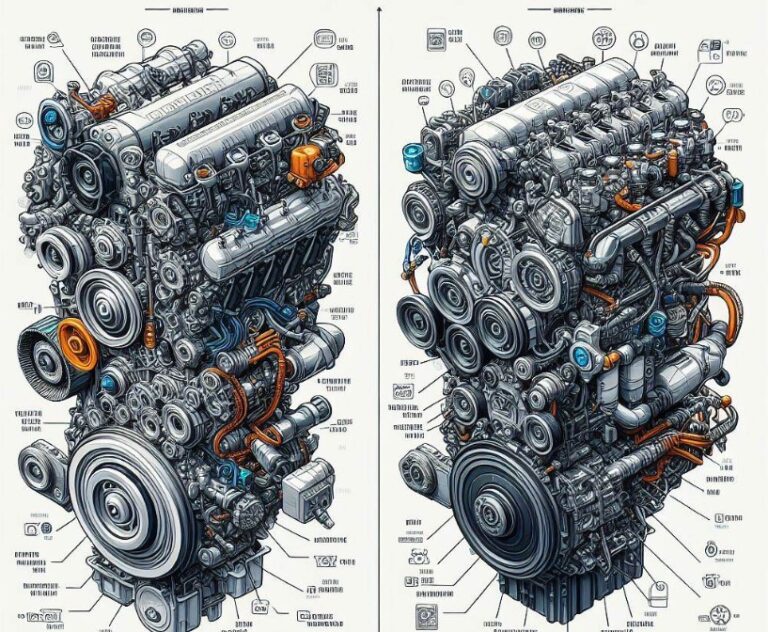
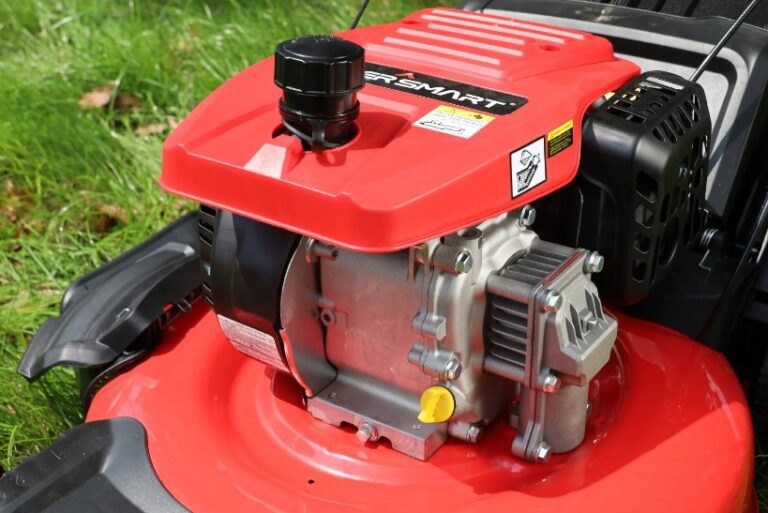
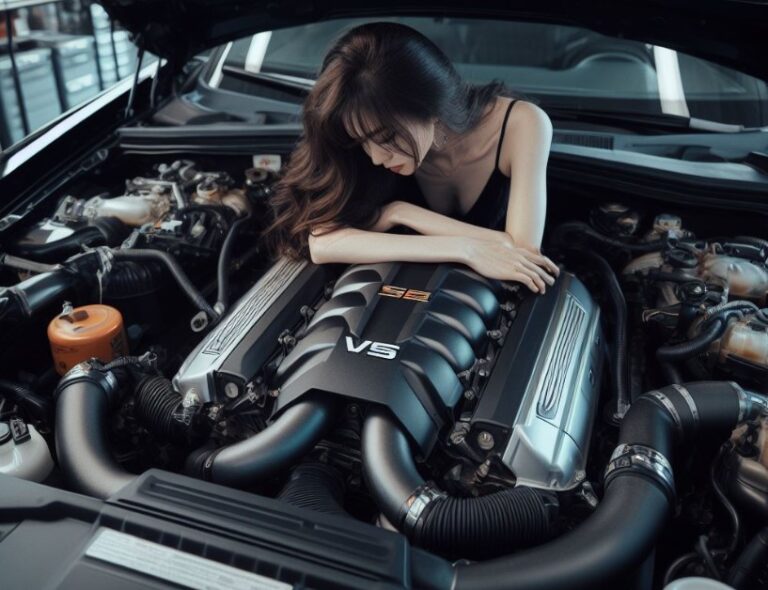
![Can Am Defender Check Engine Light? [Decoding the Signal]](https://www.turbochaos.com/wp-content/uploads/2023/11/Can-Am-Defender-Check-Engine-Light-768x550.jpg)
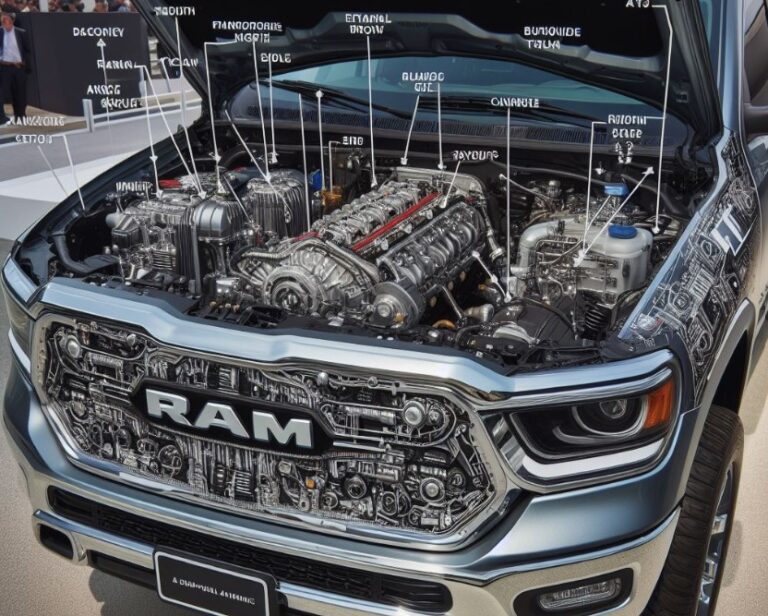
![How Many Horsepower Is A 400CC Engine? [Explained]](https://www.turbochaos.com/wp-content/uploads/2023/12/How-Many-Horsepower-Is-A-400CC-Engine-768x506.jpg)